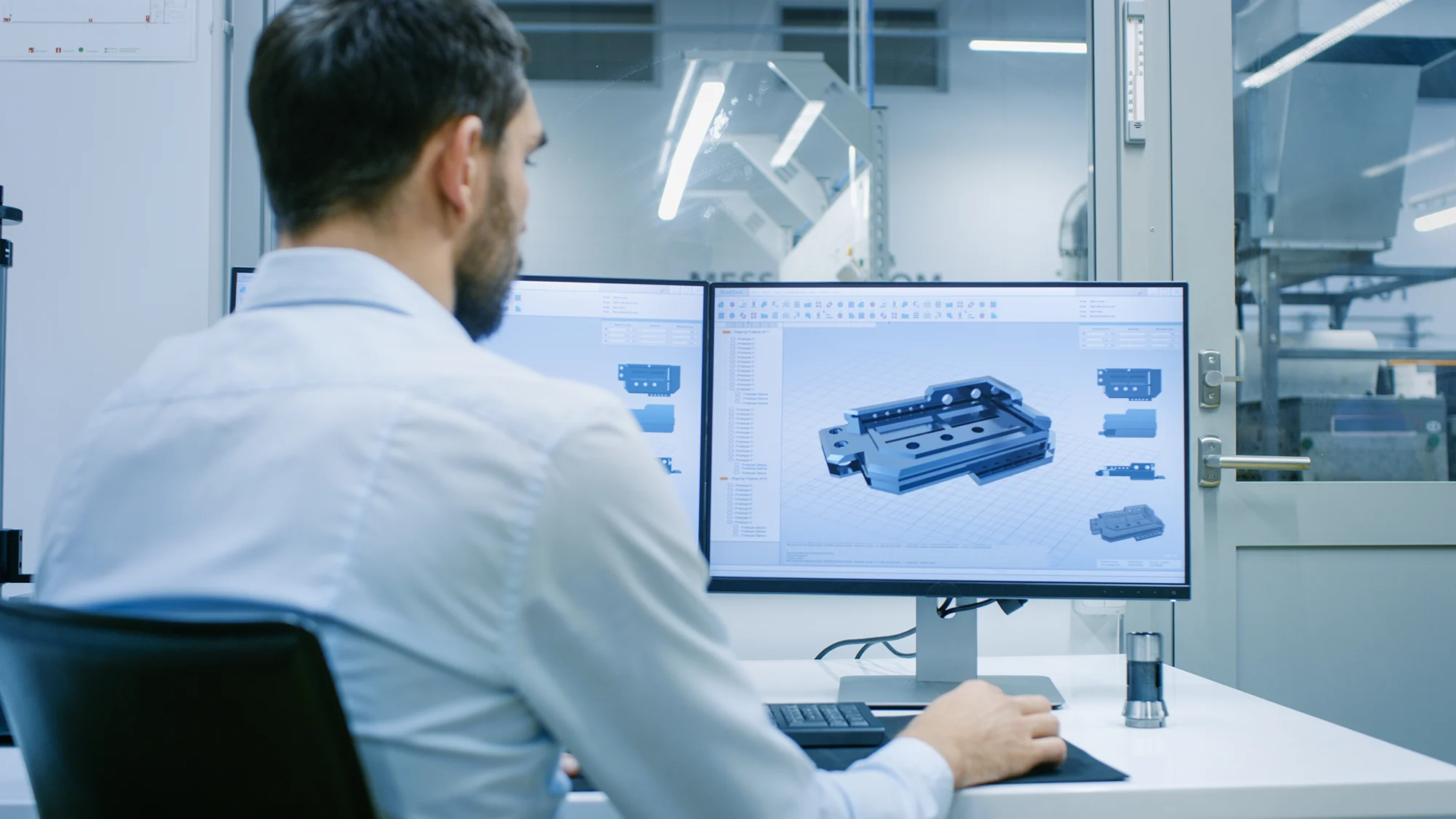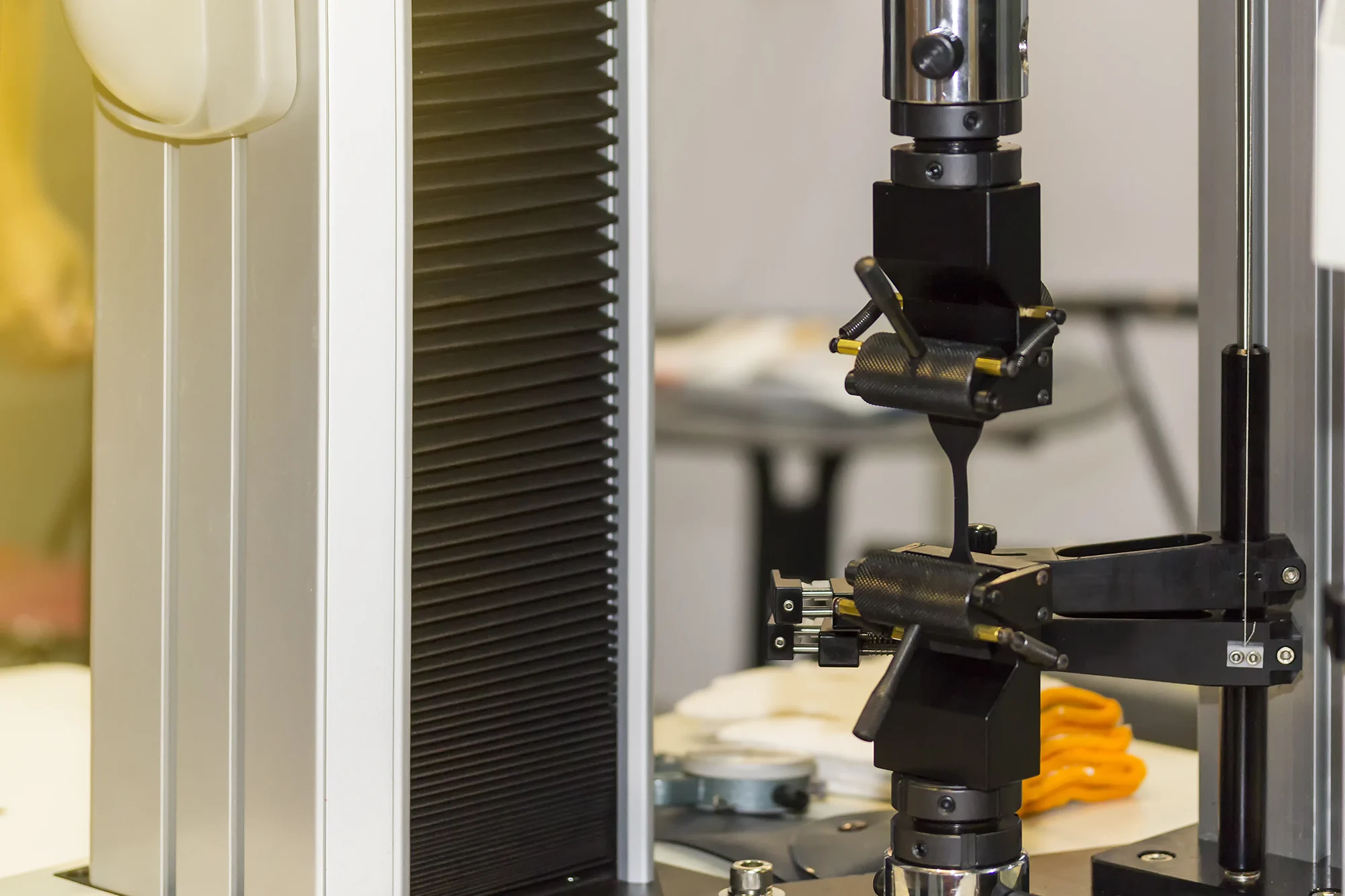Design for recycling is key in a circular economy
Design for recycling refers to the practice of designing products, processes and business models in a way that maximizes the reuse and recycling of materials. This approach is in contrast to the traditional linear model of production, which involves extracting raw materials, using them to make a product, and then disposing of the product once it is no longer needed. The goal of Design for recycling is to close the loop on material use, so that resources can be used over and over again in a sustainable manner.


Minimise product weight
There are several ways that Design for recycling can be implemented in the rotomoulding industry. First of all: develop products that are durable and designed to last so they can be reused over and over again. Make sure new products are serviceable to extend their lifetime. Reduce the weight of products, use advanced design technologies to minimise material use and reduce energy usage. And select recycled or recyclable plastic materials that are compatible with existing recycling streams, so that they can be easily repurposed into new products at the end of their life.
Design out waste
To get the most out of recycling, design products so that they can be easily disassembled and recycled at the end of their useful life. This may involve using modular designs, standardizing components, and eliminating the use of multilayers, adhesives and other materials that can make recycling more difficult.
The goal is to develop products, systems, and processes that are regenerative and operate in a closed-loop system, rather than a linear one. This means that resources are conserved, waste is minimized, and the impact on the environment is reduced. The ultimate goal is to create a sustainable and regenerative economy, where resources are used efficiently, and waste is eliminated.

your idea
to life. Start now!


